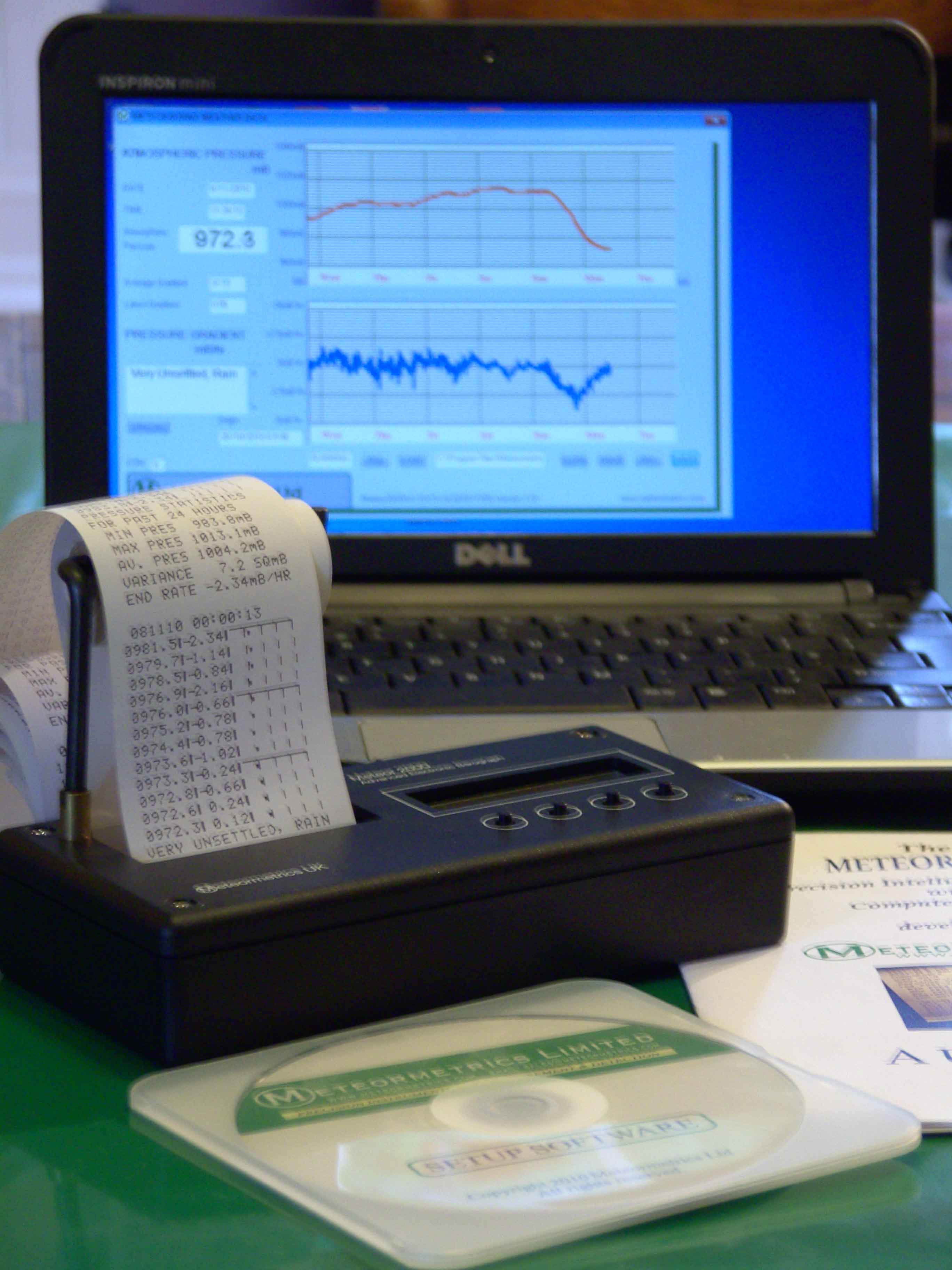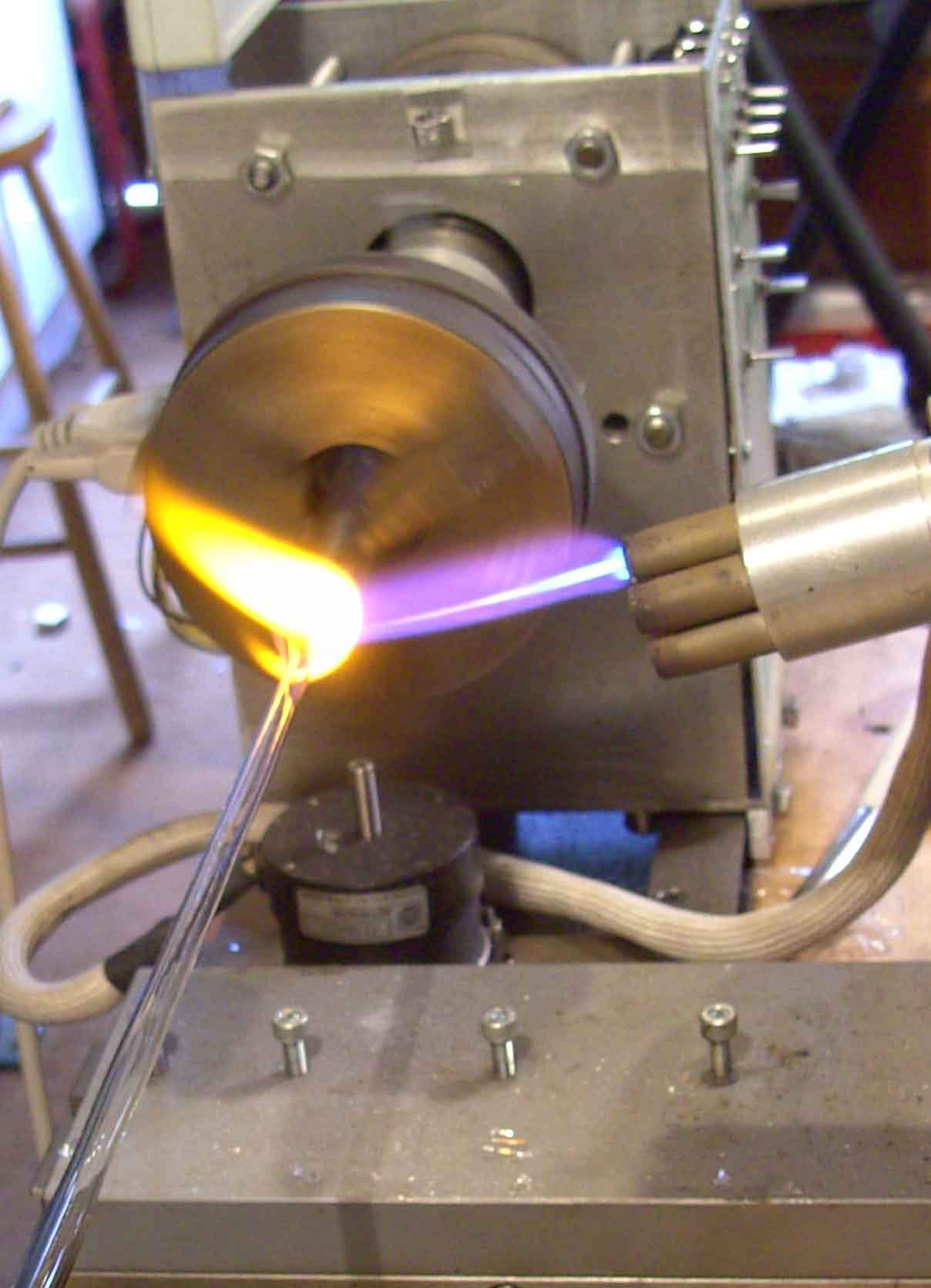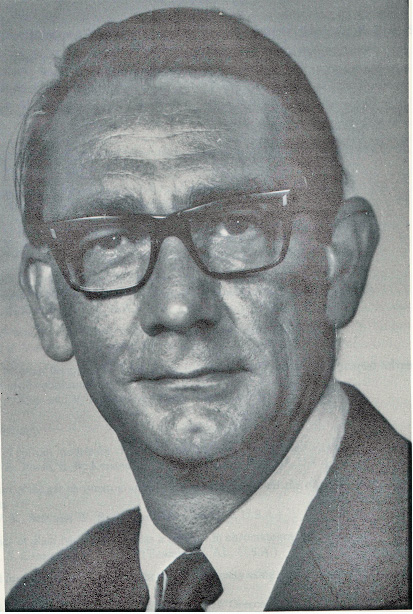ANALYTICAL SPECTROSCOPY
by Raymond P. W. Scott
D.Sc., F.R.S.C., C.Chem., C.Sci. F.A.I.C, F.C.S.
Essential Information for the Analytical Chemist

Specialising in custom-designed, precision scientific instruments, built, programmed and calibrated
to the most exacting standards. The range includes precision dataloging barographs,
with built-in statistical analysis, Barographic Transient Event Recorders
and computer-interfaced detectors and sensors
for environmental monitoring & process control.

A site dedicated to scientific techniques, experimental methods, &
investigative tools for the inventor, researcher
and laboratory pioneer. Articles on glassblowing, electronics, metalcasting, magnetic
measurements with new material added continually. Check it out!
www.drkfs.net
The
Inductively Coupled Plasma Ionization source is very similar to the
ICP torch previously described. The sample is first nebulized
(possibly in a solvent) and the atomized sample passes through a
spray chamber and then enters the ICP torch. The gas and ions leaving
the jet first enter an expansion chamber through a cooled sampling
cone with an orifice, about 1 mm in diameter. In this chamber the gas
expands and is pumped away. A portion of the jet from the torch then
passes through a second orifice called the skimmer cone.
The
ICP produces singly charged positive ions for most elements, which
makes it a very efficient source for coupling to a mass spectrometer.
A series of electrostatic lenses focus the ions into the quadrupole
mass spectrometer analyzer. After resolution the ions are detected in
the normal way with an electron multiplier tube. A diagram of the ICP
interface and the Quadrupole Mass Spectrometer is shown in figure 12.
The ICP ionizer is not a very
efficient
excitation/ionization source for nonmetals (e.g.
halogens) and
for elements such as arsenic and selenium . helium plasma, however,
has an ionization potential of 24.5 eV (compared with that of argon,
5.75 eV) and is consequently a more efficient excitation/ionization
source. Thus, the microwave induced helium plasma is likely to be
more efficient. The microwave induced helium plasma apparatus is very
similar to that of the ICP torch as depicted in figure 12, except
that the plasma is induced by a resonant microwave cavity surrounding
the body of the torch, and not by a cooled coil. With the ICP, the
isotopes of argon, oxygen , nitrogen and hydrogen can combine with
themselves, or with other elements, to produce isobaric
interferences. The use of helium , which is essentially mono-isotopic,
significantly reduces the number of interferences compared with the
argon plasmas.


About the Author
RAYMOND PETER WILLIAM SCOTT was born on June 20 1924 in Erith, Kent, UK. He studied at the
University of London, obtaining his B.Sc. degree in 1946 and his D.Sc. degree in 1960.
After spending more than a decade at Benzole Producers, Ltd. Where he became head of
the Physical Chemistry Laboratory, he moved to Unilever Research Laboratories as
Manager of their Physical Chemistry department. In 1969 he became Director of Physical
Chemistry at Hoffmann-La Roche, Nutley, NJ, U.S.A. and subsequently accepted the position
of Director of the Applied Research Department at the Perkin-Elmer Corporation, Norwalk, CT, U.S.A.
In 1986 he became an independent consultant and was appointed Visiting Professor at Georgetown
University, Washington, DC, U.S.A. and at Berkbeck College of the University of London; in 1986
he retired but continues to write technical books dealing with various aspects of physical chemistry
and physical chemical techniques. Dr. Scott has authored or co-authored over 200 peer reviewed
scientific papers and authored, co-authored or edited over thirty books on various aspects of
physical and analytical chemistry. Dr. Scott was a founding member of the British chromatography
Society and received the American Chemical society Award in chromatography (1977), the
M. S. Tswett chromatography Medal (1978), the Tswett chromatography Medal U.S.S.R., (1979),
the A. J. P. Martin chromatography Award (1982) and the Royal Society of Chemistry Award in
Analysis and Instrumentation (1988).
Dr. Scott’s activities in gas chromatography started at the inception of the technique,
inventing the Heat of Combustion Detector (the precursor of the Flame Ionization Detector),
pioneered work on high sensitivity detectors, high efficiency columns and presented fundamental
treatments of the relationship between the theory and practice of the technique.
He established the viability of the moving bed continuous preparative gas chromatography,
examined both theoretically and experimentally those factors that controlled dispersion
in packed beds and helped establish the gas chromatograph as a process monitoring instrument.
Dr. Scott took and active part in the renaissance of liquid chromatography,
was involved in the development of high performance liquid chromatography and invented
the wire transport detector. He invented the liquid chromatography mass spectrometry
transport interface, introduced micro-bore liquid chromatography columns and used them
to provide columns of 750,000 theoretical plates and liquid chromatography separations
in less than a second.
Dr. Scott has always been a “hands-on” scientist with a remarkable record of accomplishments in chromatography ranging from hardware design to the development of fundamental theory. He has never shied away from questioning “conventional wisdom” and his original approach to problems has often produced significant breakthroughs.



